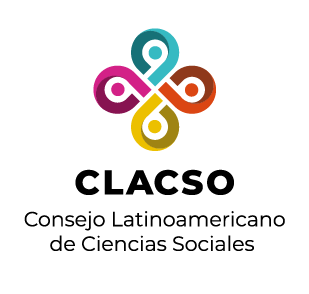Red de Bibliotecas Virtuales de Ciencias Sociales en
América Latina y el Caribe

Por favor, use este identificador para citar o enlazar este ítem:
https://biblioteca-repositorio.clacso.edu.ar/handle/CLACSO/157251| Título : | Evolution of illiteracy in A Coruña 1900-1950. Atocha neighborhood Evolución del analfabetismo en a coruña 1900 -1950. Barrio de Atocha |
| Palabras clave : | Illiteracy;school;teaching;analfabetismo;escuela;enseñanza |
| Editorial : | Red Iberoamericana de Pedagogía |
| Descripción : | In the first half of the 20th century the illiteracy in Spain was very high, hovering around 80% in some places and it accentuated in the case of women. The difficulties of these to attend the school did that mostly did not know they read and write. To solve this situation arise initiatives of primary instruction to adapt working hours and family obligations (small care of siblings or children). In this study we will analyze the case of the Atocha neighborhood in the city of La Coruña, one of the neighborhoods with more gaps at the beginning of the last century and who got in a few years decrease the notably illiteracy, especially the feminine one, to stand at levels lower than the city average. We focus specifically on three streets in this neighborhood to study the evolution of literacy during the first half of the 20th century. En la primera mitad del siglo XX el analfabetismo en España era muy elevado, rondando el 80% en algunos lugares y acentuándose en el caso de las mujeres. Las dificultades de estas para asistir a la escuela hacían que en su mayoría no supieran leer y escribir. Para solventar esta situación surgen iniciativas de instrucción primaria que se adaptan a los horarios laborales y a las obligaciones familiares (cuidado de hermanos pequeño o hijos). En este estudio vamos a analizar el caso del Barrio de Atocha en la ciudad de La Coruña, uno de los sectores con más carencias a principios del siglo pasado y que consiguió en pocos años disminuir notablemente el analfabetismo, especialmente el femenino, hasta situarse en niveles inferiores a la media de la ciudad. Nos centraremos concretamente en tres calles de este barrio para estudiar la evolución de la alfabetización durante la primera mitad del siglo XX. |
| URI : | http://biblioteca-repositorio.clacso.edu.ar/handle/CLACSO/157251 |
| Otros identificadores : | https://revista.redipe.org/index.php/1/article/view/842 10.36260/rbr.v8i10.842 |
| Aparece en las colecciones: | Red Iberoamericana de Pedagogía - REDIPE - Cosecha |
Ficheros en este ítem:
No hay ficheros asociados a este ítem.
Los ítems de DSpace están protegidos por copyright, con todos los derechos reservados, a menos que se indique lo contrario.